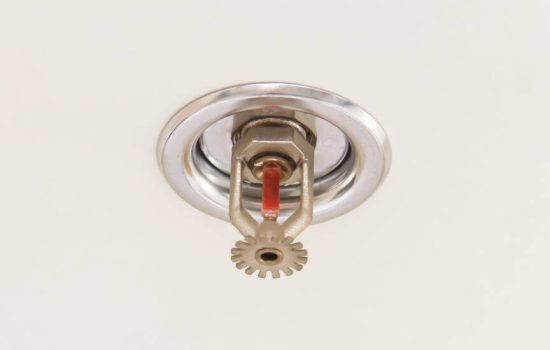When it comes to fire and safety training, traditional modes of delivery can only provide so much. The challenges and risks that come with fire emergencies can be overwhelming and require special training that goes beyond classroom instruction. Fortunately, the future of fire and safety training is here in the form of Virtual Reality (VR). This technology presents a new way to learn and prepare responders for real-life scenarios. In this article, we’ll discuss the top 5 reasons why VR technology is the future of fire and safety training and why you should choose it for your organisation’s needs.

Why Virtual Reality is the Future of Fire and Safety Training
1. Realistic Scenarios
VR fire training offers immersive experiences that replicate real-life scenarios accurately. This technology allows your employees to train in different virtual environments, including those that would be costly or challenging to create in real-life situations. For instance, you can simulate scenarios, such as fires in confined spaces, offices, construction sites and more. With these types of scenarios such as Virtual Reality fire extinguisher training, you can create realistic experiences that will help your team identify potential hazards and navigate various emergency situations.
2. Cost-effective
Training and education can be an expensive part of any organisation’s operations. Traditional training methods can be costly, and live-fire training can be even more so. VR training eliminates the need for costly equipment, safety equipment, and travel costs associated with live-fire training. With VR fire training, trainees can access multiple experiences without leaving the classroom or training centre, which makes it a more cost-effective solution.
3. Safe Training Environment
One of the most critical features of virtual reality training is its safety – you can fight fire without the fire! The immersive nature of VR can provide responders a sense of what it is like to experience a fire emergency without the risk of accidents or injuries. This means that trainees can make mistakes without fear of injury or damage to property or life. By providing a virtual training environment, virtual reality technology gives exponentially more options and variations to create real-life emergency scenarios that prepare trainees for the inevitable and challenging life-threatening situations that may present themselves.
4. Customisation
One of the key benefits of VR technology is the ability to customise the experience to fit specific training needs. You can design custom scenarios to meet specific training goals and objectives. This makes it easier to tailor training schedules, adapt to new procedures, and accommodate individual needs. It is adaptable to every individual’s needs and allows for individualised instruction.
5. Ability to Track Progress
In this style of fire and safety training, advanced analytical software can track the progress of each trainee. Trainers can assess a trainee’s strengths and weaknesses and tailor their training to suit the specific needs of each individual. Trainers can also identify any areas where the trainee might need additional training and focus on improving those areas. This leads to a more informed approach to training and helps ensure that individuals have the knowledge they need to be effective in the field.
Virtual reality is revolutionising fire and safety training, providing a high-quality training experience that is both safe and immersive. The technology provides customisable and reusable scenarios, dynamic feedback, cost-effectiveness and high retention rates. By providing trainees with the ability to learn from their mistakes in a safe environment, VA fire training is the future of fire and safety training. If you’re looking to provide high-quality training to your organisation that more engaging and fun compared to traditional modes of delivery, contact our team for more information.

